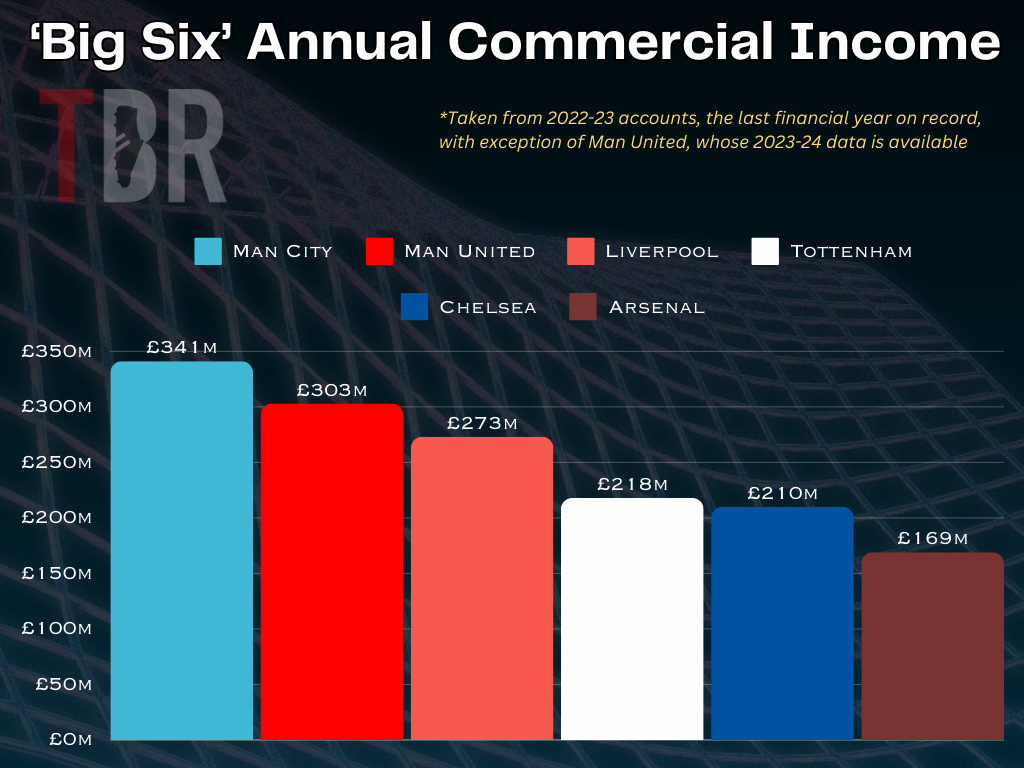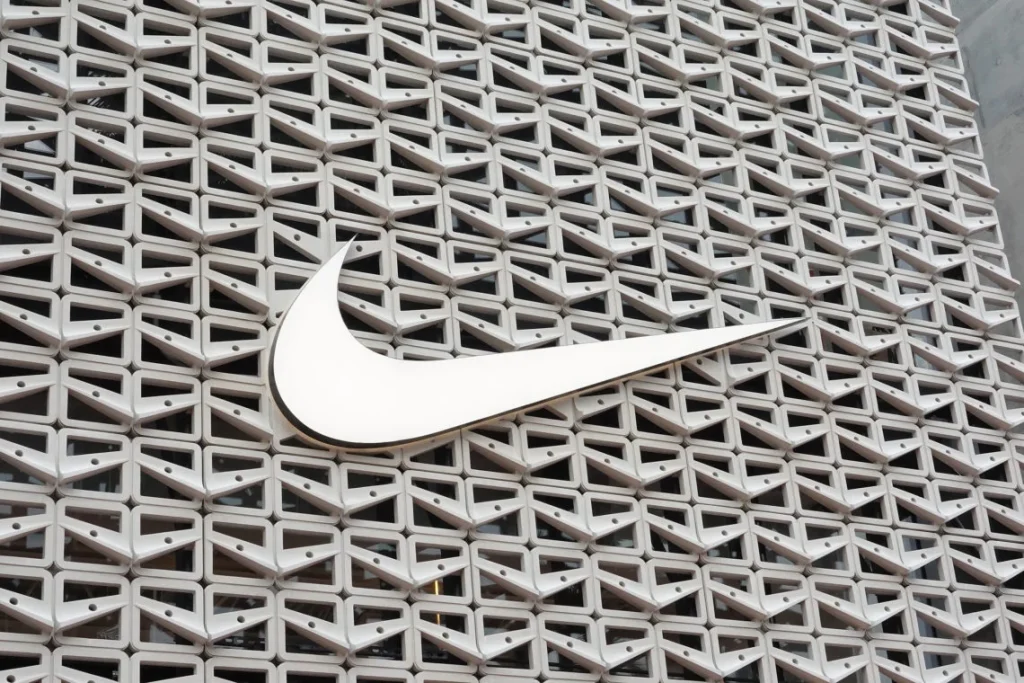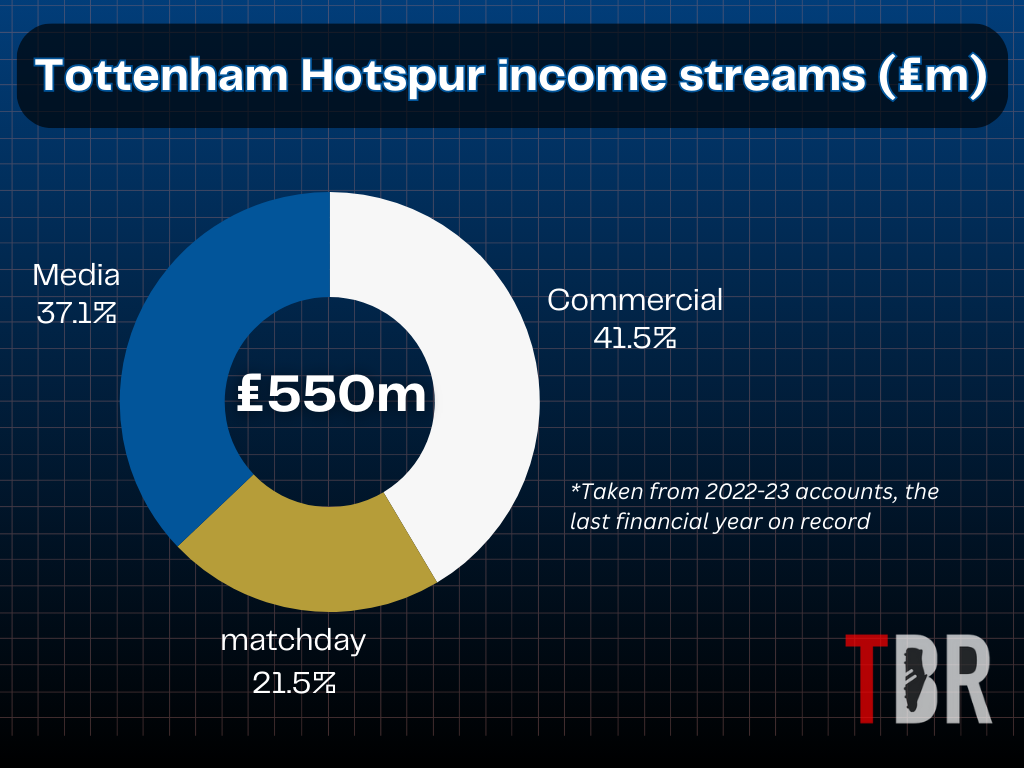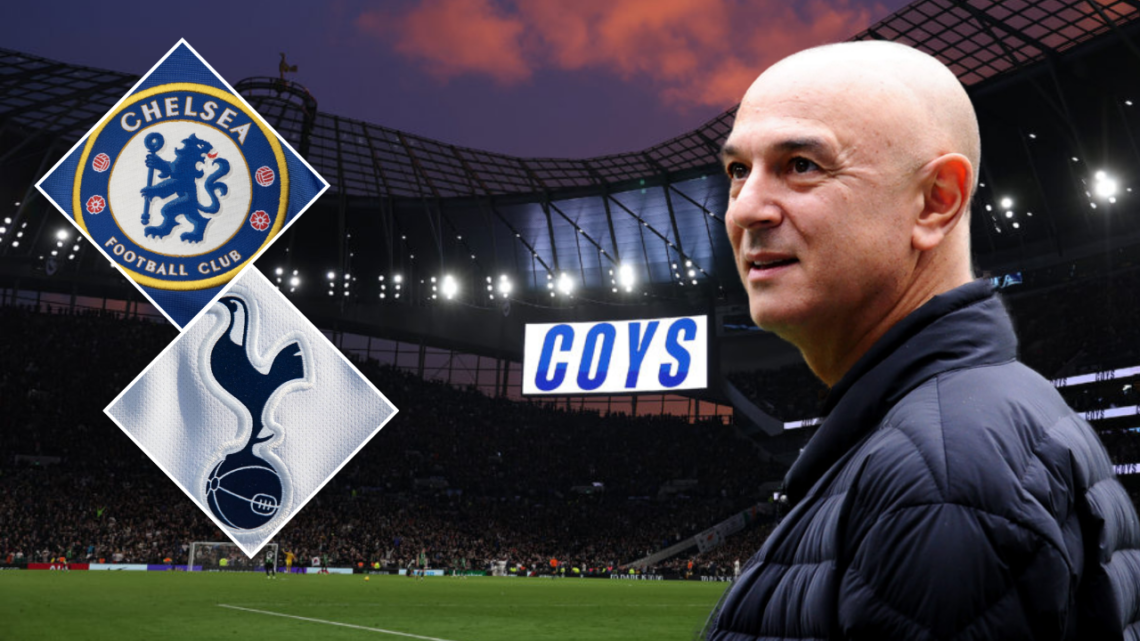Tottenham Hotspur and Chelsea’s rivalry extends beyond the pitch and into the boardrooms, where their competition is no less intense, though expressed in a different manner.
Rather than the impassioned chants and heated exchanges among fans in the stands, the battle between these two London clubs plays out in Premier League shareholder meetings and strategic business decisions.
Both clubs belong to broader factions—often referred to online as the “blue cartel” and the “red cartel”—which frequently clash over issues like the Premier League’s Profit and Sustainability Rules (PSR) and other operational philosophies.
Historically, Chelsea held a commanding financial advantage over Tottenham. However, this dynamic has shifted in recent years, largely due to the construction of the state-of-the-art Tottenham Hotspur Stadium.

This venue has not only elevated Spurs’ matchday income but has also positioned them as a formidable commercial entity. In the modern era of football, a club’s brand and marketability often weigh as heavily as on-pitch success in attracting new sponsorships and partnerships.
This transformation has significantly impacted the financial strategies of both clubs, shaping the resources available to managers like Ange Postecoglou and Enzo Maresca.
The rivalry between Spurs and Chelsea has even extended to the pursuit of lucrative sponsorship deals, with both clubs vying for a partnership with Nike’s Air Jordan brand.
Paris Saint-Germain has already set the precedent, reaping massive financial rewards from its collaboration with the Nike offshoot, reportedly earning £18 million annually. This partnership has not only provided PSG with substantial upfront revenue but has also transformed the club into a leading lifestyle brand.
By appealing to consumers who are indifferent to football, PSG has tapped into an entirely new market segment, setting a template that Tottenham and Chelsea now aim to replicate.

Both London clubs currently maintain partnerships with Nike, positioning them as prime contenders for the next major Air Jordan collaboration. For Spurs, who are contracted with Nike until 2033, securing such a deal could bring an additional £18 million annually, amounting to a potential £162 million over the course of the partnership.
Beyond the financial boost, the intangible benefits of aligning with a globally recognized lifestyle brand like Air Jordan could significantly amplify their appeal and market reach.
The commercial rivalry also manifests in creative branding initiatives. Tottenham recently introduced a controversial redesign of their club crest, reintroducing a monogram design that combines the letters T, H, F, and C.
This emblem, which previously appeared on their crest during specific periods, is set to feature on their third kit for the 2025-26 season. Similarly, Chelsea is reportedly exploring a retro-themed crest for their third kit in the coming seasons. These initiatives align with a broader trend among clubs to tap into the streetwear market, aiming to attract a new demographic of consumers through stylish and culturally resonant merchandise.
The push toward lifestyle branding reflects a strategic pivot for clubs like Tottenham and Chelsea, whose owners see untapped commercial potential in expanding their audience beyond traditional football fans.

By leveraging their partnerships with Nike and exploring innovative branding concepts, both clubs aim to solidify their positions as global commercial powerhouses. While the financial benefits of these efforts are often clear, the broader impact on brand perception and market reach could prove even more valuable in the long run.
As Tottenham and Chelsea continue their off-pitch rivalry, the stakes remain high. Their ability to secure strategic partnerships and innovate in branding will not only influence their financial trajectories but also shape their identities in the evolving landscape of modern football.
In a sport increasingly driven by commercial interests, the competition between these two clubs underscores the growing importance of business acumen alongside athletic performance. Both teams are well aware of the opportunities at hand, and their actions in the coming years will determine which emerges as the leader in this multifaceted rivalry.

